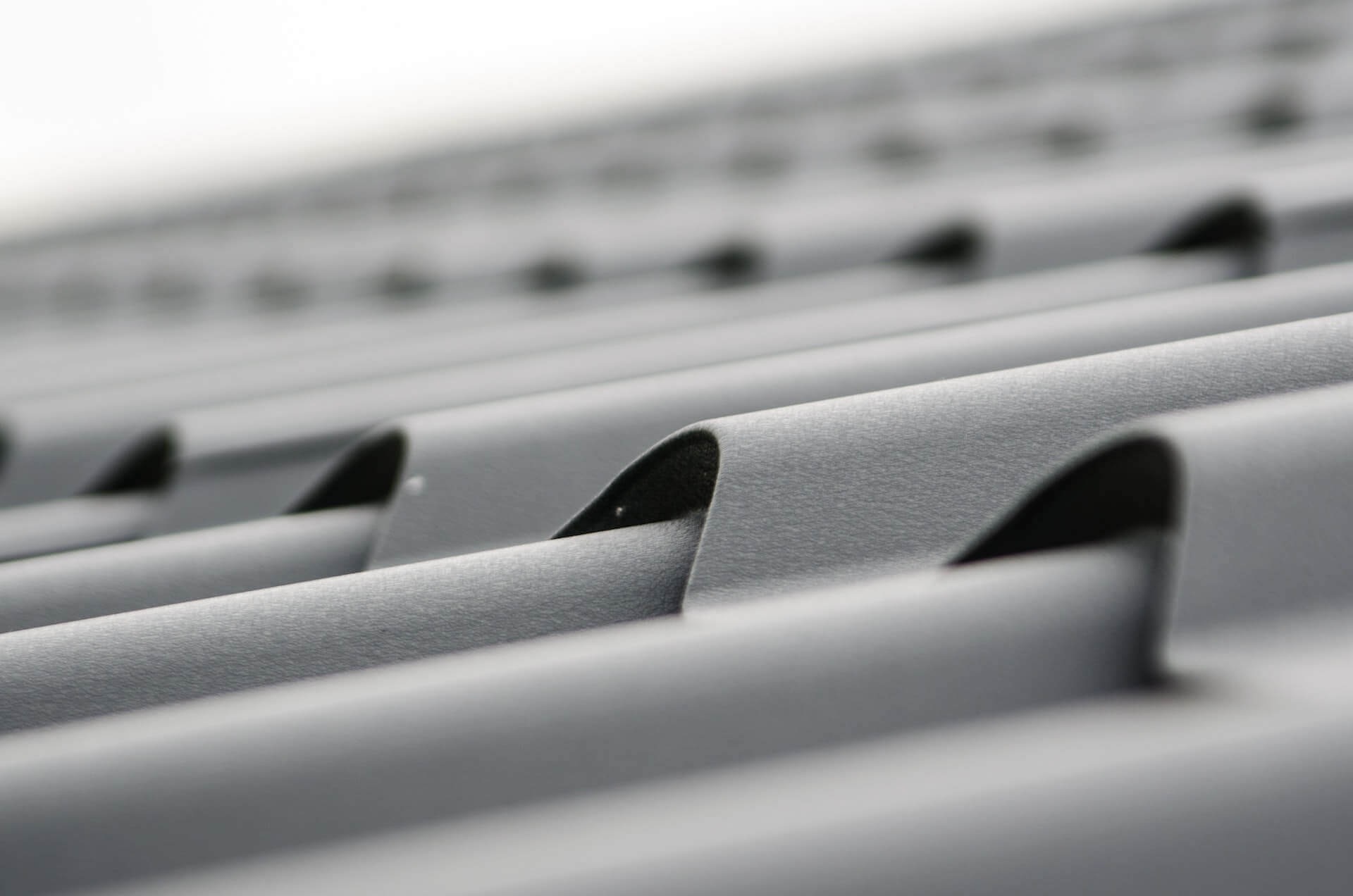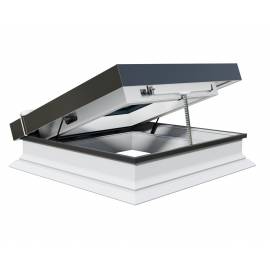The term “Glass Reinforced Plastic” (GRP) refers to a material made of polyester resin that is laminated with chopped strand mat glass fibres for reinforcement. It is a fairly common composite material since it is not only remarkably light but is also known for its strength.
Although not initially used for roofing, it has since been improved and is now one of the most extensively used materials in the construction sector, and that’s because it is a strong, mouldable, affordable, and waterproof material that can be reliably used for roofing. In this article, we’ll explore what is GRP roofing and what are its advantages — continue reading to find out.
Table of Contents
GRP Roofing: Preeminent Solution for Flat Roofs
One of the most common flat roofing options in the UK is GRP, commonly known as a fibreglass roof. It has been a trusted method for covering and waterproofing roofs for more than 60 years, and innovative solutions have only increased its appeal in recent years.
A GRP roofing system’s installation is known for being straightforward and safe, and the result is a roof that’s waterproof and has a lifespan that easily exceeds that of a felt roof. As you can tell, this is highly desirable for construction projects.
To apply GRP roofing, a coating of catalyzed resin is first put on good-quality, fully dried roof decking, especially OSB3 wood. The process is finished by adding a layer of catalyzed resin followed by a coating of fibreglass mating. To thoroughly weatherproof the roof and give it a more appealing finish, a fire retardant top coat resin is then applied once the roofing has dried.
GRP vs EPDM Roofing: Which One is Better?
Rubber roofing in the form of EPDM, or ethylene propylene diene monomer, is widely used for flat roofs as well. It comes in rolls that are ready to be applied to the roof area and is a durable material. When finishing construction and applying the roofing, you generally have the option between either GRP or EPDM. So, how do they compare to one another?
- Longevity: An EPDM rubber roof should last for 25 to 30 years, which is comparable to the lifespan of GRP roofing. Since seams are where most roofs fail due to leaks if they are not properly sealed, their absence boosts the roof’s longevity. The sun does not affect EPDM or GRP roofing; unlike other flat roofing materials, they are neither blistered, cracked, or rotted by the sun. In longevity, it is awash between both materials with a slight edge to GRP, largely due to its resistance to moss growth.
- Cost: Given that EPDM is made from affordable materials that can be partly recycled, it is generally affordable. The equipment needed to install EPDM roofing is standard and widely available. This generally means that you probably won’t need to buy any tools for the installation procedure. GRP roofing, in contrast, necessitates several specialised tools and is comprised, in part, of some rare materials, resulting in a more expensive flat roofing material. Additionally, it is advised to hire a professional to install GRP roofing if you are unclear about the installation procedure, which raises the cost. However, this doesn’t make EPDM the clear winner here. GRP roofing is far less likely to need repairs than more conventional roofs, substantially reducing the lifetime costs of GRP roofing.
- Installation process: Rolls of EPDM rubber roofing are readily available and can be easily prepared for installation. EPDM roofing is installed using a single sheet of a rubber-like material, this is reasonably easy to do. This is fitted with trimmings on the edges after being cemented to a roof decking. You can buy an EPDM roof kit that includes all of the essential installation components. The roofing process for GRP roofing, on the other hand, is a little more involved because it entails more than just laying rolls of material. GRP roofing is installed by first adding a layer of resin, followed by a mat of fibreglass strands, and then another coating of resin. The final step is to add a top coat to create a waterproof surface. To make sure you have the necessary tools and materials for installation, there are several GRP roof kit options available.
Other products in category: Flat Roof Windows
£845.83 tax excl.
Other products in category: Flat Roof Windows
£891.67 tax excl.
Conclusion
GRP roofing is an affordable, durable, and practical technique to protect and waterproof your roof. Alongside EPDM, it is one of the most used materials for roofing. If you’re planning on refurbishing, upgrading, building, or installing flat roof windows in the roof, you should definitely give GRP a look.


